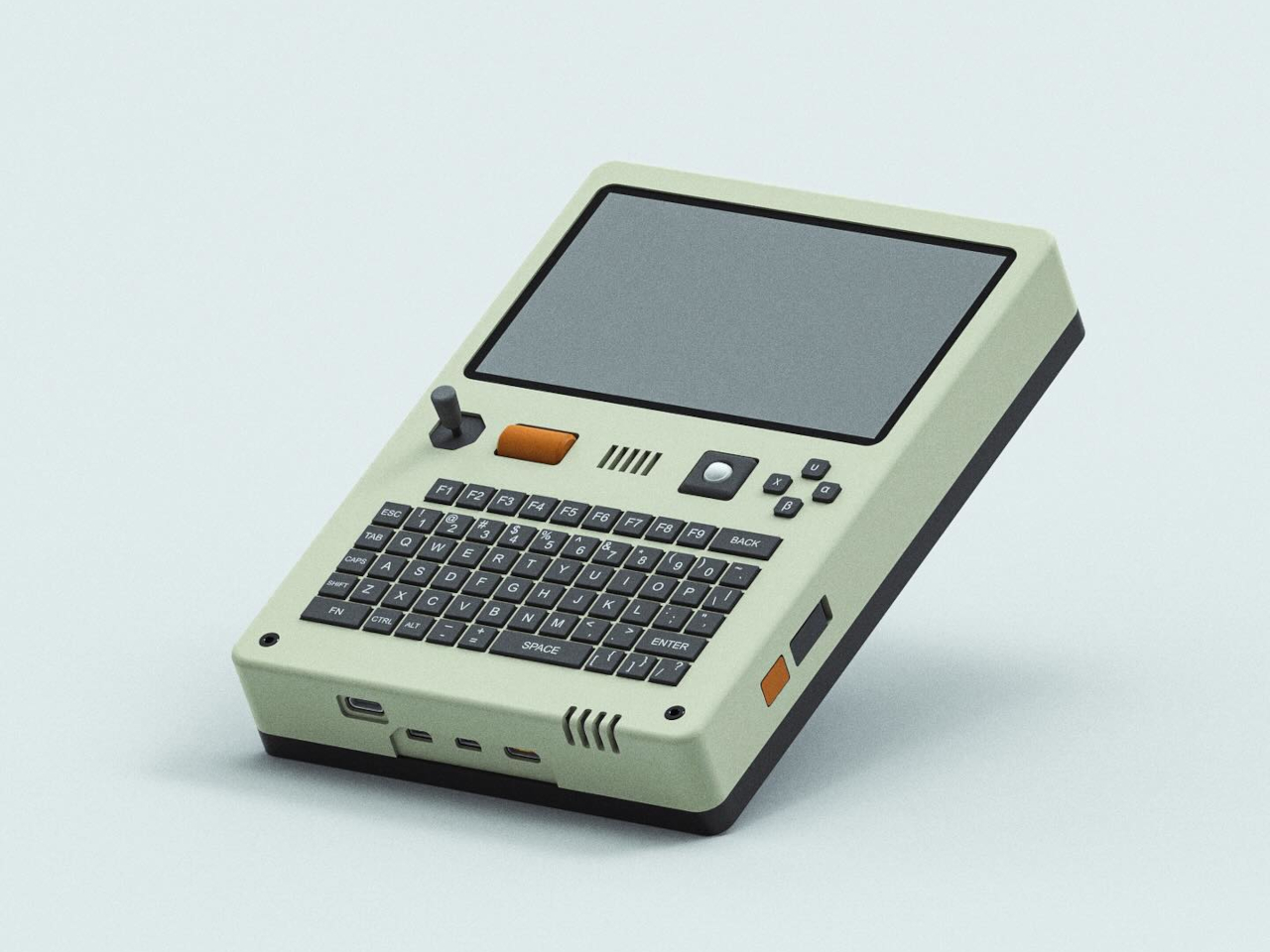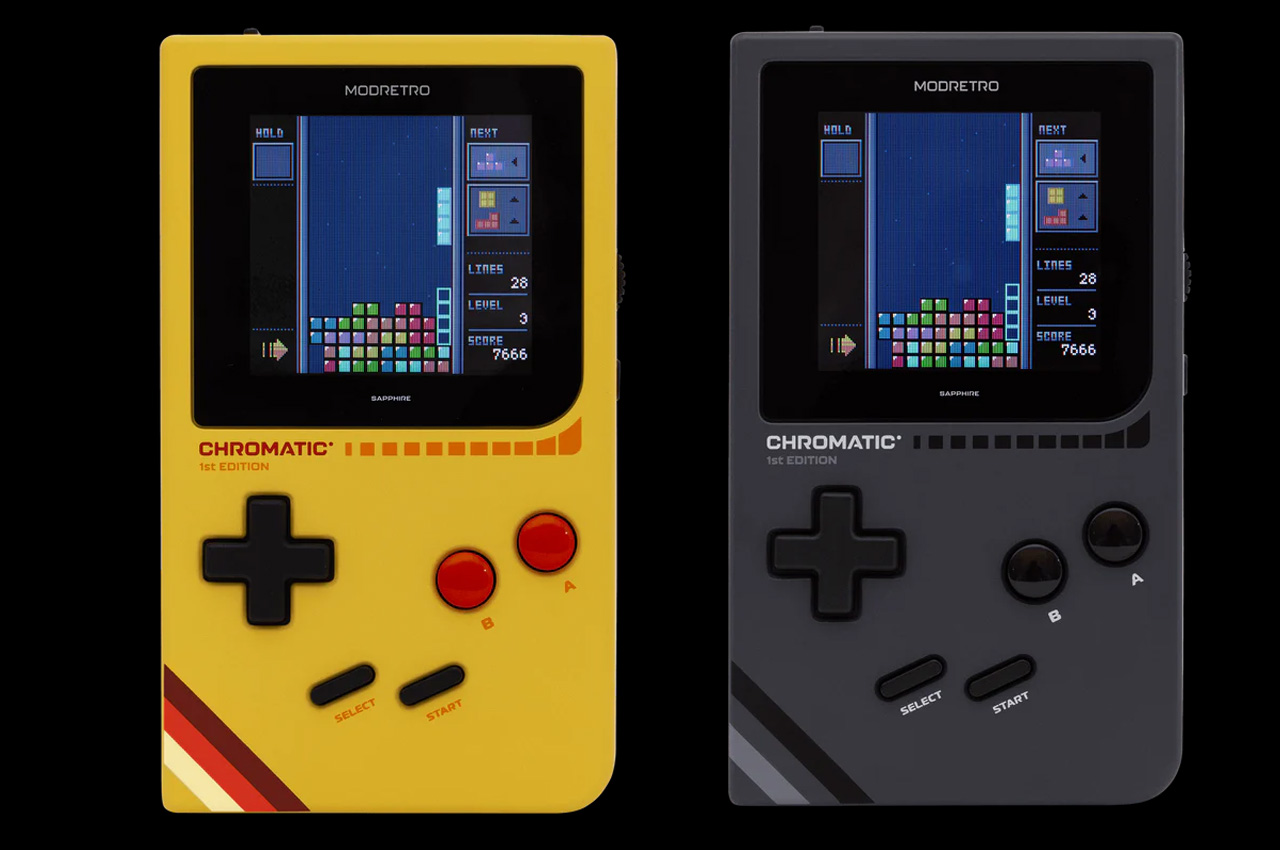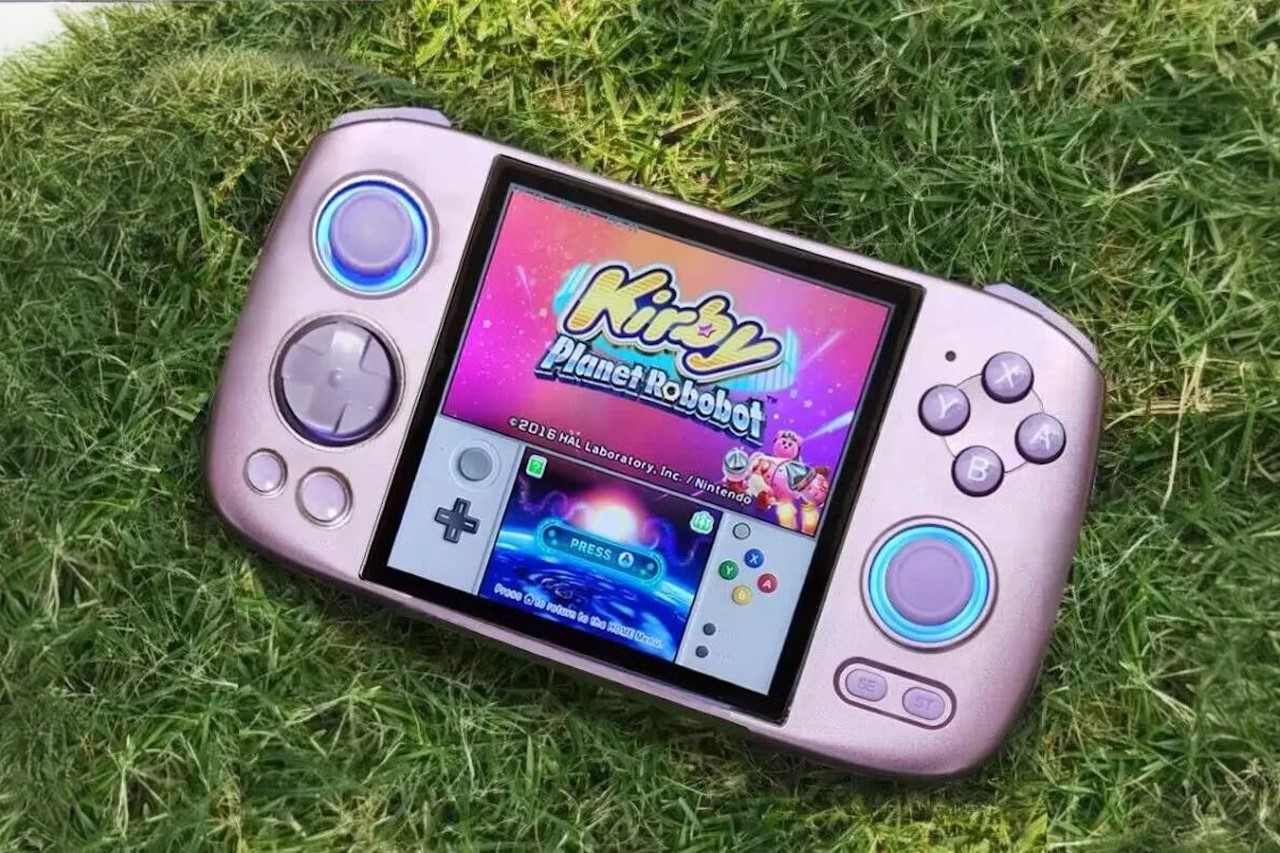
The Yeedi C12 Combo is a cleaning companion designed to handle household messes effortlessly. Picture this: instead of rushing around the house, switching between the broom, dustpan, and mop, the C12 Combo quietly goes about its work, cleaning with precision like the silent, efficient partner it’s meant to be. You’ve got other things on your mind—getting that last-minute report done for work, or maybe just a rare few minutes of peace while the kids are occupied—but your floors? Those are taken care of.
PROS:
- Best value for powerful, multi-functional home cleaning.
- Long battery life ensures uninterrupted, comprehensive cleaning.
- Anti-tangle technology minimizes maintenance hassle.
- Effortlessly transitions between different floor types.
- Compact design fits seamlessly into home spaces.
CONS:
- Obstacle avoidance could be improved for more precise navigation.
- Households with pets that shed will require frequent manual cleaning of the dustbin for optimal performance.
- The robotic vacuum cleaner lacks integration with mopping feature.
RATINGS:
SUSTAINABILITY / REPAIRABILITY
EDITOR'S QUOTE:
Effortless cleaning, precise performance, flexibility, and unbeatable value—Yeedi C12 Combo makes every corner of your home spotless.
Designer: Yeedi
Click Here to Buy Now: $649.99 $899 (28% off). Hurry, this deal ends soon!

Yeedi C12 Robotic Vacuum
There’s something comforting about knowing the dust is handled without bending down or wrestling with a clunky vacuum, especially when multitasking. The C12 Combo is ready for action, no questions asked. It tackles dog hair, crumbs from the kids’ latest snack attack, and more. It fits into your life without adding any more stress. You don’t have to worry about tangled hair, adjusting settings for different surfaces, or even remembering to empty the dustbin daily.
With this multi-functional whole house cleaning machine, you’re not left guessing how it works, either. It’s straightforward, and more importantly, it’s smart. It knows when to clean and how to do it. The real beauty? You’re still in control—but with much less effort.
Design: Where Function Meets Familiarity
At first glance, the Yeedi C12 Combo screams, ‘I’m all business’—focused entirely on getting the cleaning done. It’s sleek, unassuming, and fits right into your home, no matter if it’s a cozy apartment or, in my case, a sprawling 4,100-square-foot ranch home with a mix of flooring types—tile in the kitchen, 35-year-old original hardwood in the living areas, carpet in the bedrooms, and old tiles in the sunroom. It will take a smart robotic vacuum cleaner or a combination of a handheld and robotic one to keep this house clean.

But don’t let its minimalism fool you. The C12 Combo was built to sit effortlessly in a corner while delivering outstanding performance, with thoughtful design elements that enhance usability. The removable comb teeth on the ZeroTangle 2.0 floor brush make maintenance a breeze, and the Crevice Tool and 2-in-1 Dusting Brush make cleaning tight spaces and delicate surfaces simple and effective. For example, when you’re cooking dinner and knock over a jar of flour, instead of dragging out a full vacuum, you can grab the handheld from its dock and clean up the mess in seconds.

The cordless handheld vacuum component is lightweight and easy to maneuver. When you’re tired or your schedule is packed, you don’t want a clunky vacuum that’s heavy or hard to use. You want something you can pull out and get the job done quickly, with minimal hassle. The flexible design allows you to reach those pesky corners, under the couch, and even high spots like curtains without missing a beat.

The automated unit seamlessly transitions between different floor types—hardwood, carpet, and tiles—without manual adjustments. The integration of handheld and robotic components ensures you don’t need to swap out attachments constantly. It’s efficient and doesn’t waste your time, precisely what a vacuum should do.
Ergonomics: Cleaning Without the Backache
The C12 Combo prioritizes comfort and ease. No one likes the strain of bending over to switch vacuum settings or dealing with outlets as you move from room to room. The C12’s cordless design eliminates these hassles, allowing you to move freely throughout your home without interruption. The handheld vacuum is lightweight and easy to maneuver, with a comfortable handle that ensures no awkward angles or backaches.

The handheld component excels at quick clean-ups and reaching tricky spots. It fits snugly in your hand and is balanced perfectly for tasks like vacuuming crumbs after movie night or tackling cobwebs in high corners, making cleaning less of a burden.
Swapping between the handheld vacuum and the robot is as simple as docking the handheld back into its charging station, where it’s always ready for the next task. Instead of choosing between devices, I often multitask—using the handheld for focused cleaning while the robot cleaner works its way through the rest of the house. It’s so easy that cleaning starts feeling less like a chore and more like a quick, manageable task you can knock out without losing steam.
Performance: Power Meets Precision
The Yeedi C12 Combo doesn’t just look good—it delivers. This machine is powerful where it counts. The handheld vacuum delivers 95AW suction power (Air Watts), which represents how effectively it can pick up dirt and debris, ensuring even the dirt trapped deep within carpets doesn’t stand a chance. Combine that with the 10,000Pa suction power from the robot vacuum, and you’ve got a dynamic duo capable of handling even the messiest floors.

The real genius lies in the ZeroTangle 2.0 Technology. If you’ve ever fought with vacuum brushes clogged with hair, you’ll appreciate how the C12 handles this common issue. Its advanced anti-tangle design includes 45-degree V-shaped bristles, a high-speed cyclone to guide hair toward the center, and a removable comb to make cleaning easy. Be it pet hair, long human hair, or fibers from rugs, this feature keeps everything running smoothly without the hassle of constant brush cleaning. Plus, the LED headlight on the ZeroTangle floor brush helps ensure you don’t miss any dust or debris, even in dimly lit areas.
The Full-Path Self-Cleaning System ensures the HEPA filter stays clean, maintaining peak suction power without manual maintenance. This means consistently powerful performance over time.
TrueMapping Technology supports quick mapping and multi-floor map management and saves up to four maps, making it efficient for homes with multiple levels. It can quickly map 100 square meters in 8 minutes, plan the best cleaning route, and avoid obstacles like furniture and toys. The bottom-view sensor also recognizes steps to prevent falls, ensuring safe navigation on stairs.

The C12 Combo transitions effortlessly from one surface to another. Hardwood to carpet? No problem. It senses the change, adjusts suction power accordingly, and can even climb up to 0.8-inch thresholds, ensuring every inch of your home gets the right treatment. In my living room and bedroom, I have a couple of chairs with legs that most vacuums struggle to climb over, but the C12’s 0.8-inch (20mm) clearance is perfect for navigating these obstacles, making it an essential feature for my setup. I also appreciate having the option and flexibility to vacuum certain areas manually—let’s face it, anyone who has used a robotic vacuum cleaner knows that no matter how good the machine is, there will be missed spots.

The C12’s robot vacuum is equally impressive, working in sync with the handheld vacuum. It features a 5200 mAh battery that enables extended cleaning sessions, even for larger spaces. At the same time, the handheld vacuum is powered by 6 x 2000 mAh batteries, providing ample runtime for its cleaning modes. The robot vacuum, equipped with TrueMapping Technology, can avoid obstacles while covering every inch of the floor with a systematic cleaning path. It’s smart enough to return to its charging station once it’s done, ensuring it’s ready for the next session.

The mopping capability is exclusive to the handheld component of the Yeedi C12 Combo, which includes a detachable 11.5 oz (340 ml) water tank and an anti-tangle brush. This allows it to handle both wet and dry cleaning tasks effectively. The robot vacuum is designed for powerful dry cleaning with its suction capabilities and does not have a mopping function. The handheld vacuum has accessories like the Crevice Tool and 2-in-1 Dusting Brush, making it versatile for dry and wet cleaning tasks.

With the Crevice Tool and 2-in-1 Dusting Brush, the C12 Combo can precisely clean corners, curtains, and soft surfaces like sofas. These thoughtful accessories make the C12 an all-in-one solution for versatile cleaning throughout your home.
Sustainability: Cleaning With Less Waste
The C12 Combo focuses on efficiency in cleaning and reducing waste. The dustbin is bagless and reusable, meaning you’re not spending extra money on replacements or contributing to landfill waste with disposable bags. According to Yeedi’s internal data, this dustbin can last up to seven weeks without emptying, which is nearly two months of hassle-free cleaning.

Plus, the Full-Path Self-Cleaning System ensures the HEPA filter stays clean, maintaining peak suction power without manual filter cleaning. The washable HEPA filter also traps allergens, keeping your indoor air cleaner, and it’s easy to rinse and reuse. The C12 Combo reduces environmental impact and operating costs over time by focusing on long-lasting, reusable components.

Think about it—no more repeatedly buying dust bags or filters, no more hunting for replacements, or worrying about running out mid-clean. The C12’s design takes care of those pain points, making cleaning more sustainable, both for the planet and your wallet.

Value: What’s the Real Cost?
Here’s where the Yeedi C12 Combo shines: its effortless cleaning, precise performance, flexibility, and unbeatable value—Yeedi C12 Combo makes every corner of your home spotless. Instead of just a vacuum, the Yeedi C12 Combo offers a complete home-cleaning system that fits seamlessly into your routine. The robot vacuum takes care of daily maintenance, sweeping up dust, dirt, and debris while you’re at work or relaxing. Then, when you need to deep clean, the handheld and stick vacuums step in with powerful suction and versatile attachments to get into every nook and cranny.

The 1.5-liter auto-empty dustbin allows for hands-free operation for up to seven weeks, eliminating the hassle of frequent emptying. For the cost of one device, you’re getting a two-in-one system that tackles every type of mess. The C12 Combo ensures that each dollar spent is packed with performance, sustainability, and versatility.
With the 340ml water tank, the C12 Combo also provides advanced mopping functionality. It allows continuous wet mopping that handles stubborn stains and wet waste without a separate mop. You don’t need to vacuum before mopping—the C12 does both simultaneously.
Beyond cost savings, there’s the intangible value of saving time and energy. With the C12 Combo, you’re no longer chained to a cleaning routine that takes up half your Saturday. You can run the robot vacuum while taking care of other tasks and still get a deep clean when you need it.
Ready to Transform Your Cleaning Routine?
If you’re tired of spending your weekends with a vacuum in hand, the Yeedi C12 Combo is here to change that. With its advanced cleaning features, seamless transitions across surfaces, and flexible components for tackling every type of mess, it’s the perfect addition to any household looking for efficiency and simplicity. Let the C12 Combo handle the hard work so you can focus on enjoying your time at home. Experience a cleaner space with less hassle—make the switch today.
Click Here to Buy Now: $649.99 $899 (28% off). Hurry, this deal ends soon!
The post Yeedi C12 Combo Review: The Ultimate Robotic Cleaner with a Handheld Vacuum and Mop first appeared on Yanko Design.
![]()
![]()
![]()
![]()
![]()
![]()
![]()
![]()
![]()












